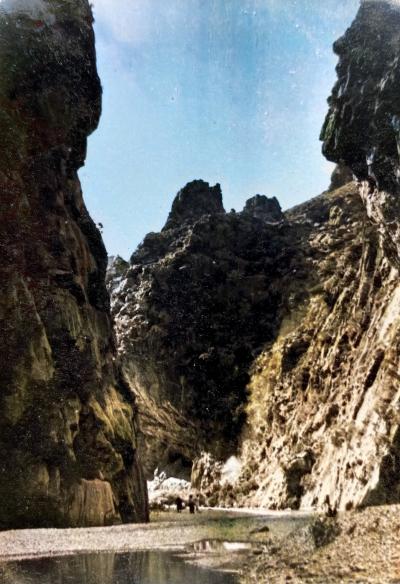What safety precautions should hikers take when trekking in remote areas like the GR221 route?
Similar Topics
hiking safety remote
gr221 trekking tips
trail condition research
gps navigation hiking
emergency preparedness hiking
packing essentials trail
wildlife awareness hiking
responsible camping practices
When trekking in remote areas such as the GR221 route, safety precautions are essential to ensure a secure and enjoyable experience. Hikers should begin by thoroughly researching the trail conditions, weather forecasts, and potential hazards before setting out. Carrying a detailed map and a reliable GPS device is crucial since remote routes often have limited mobile reception, making navigation challenging. It is also important to inform someone trustworthy of your planned itinerary and expected return time, so that emergency contacts can be activated if necessary.
Proper preparation includes packing adequate supplies, especially enough water and high-energy food, as opportunities for resupply may be scarce along the trail. Wearing appropriate clothing and sturdy footwear will help protect against the rugged terrain and sudden weather changes common to mountainous areas. Additionally, hikers should carry a first aid kit and know basic emergency procedures to handle injuries or unexpected health issues. Moving at a comfortable pace and taking regular breaks can prevent exhaustion, which is critical in isolated regions where help may not be readily available.
Awareness of natural elements and wildlife is another key aspect of safety on the GR221. Respecting local flora and fauna, maintaining a clean environment, and practicing responsible camping habits can reduce risks and impact. It’s wise to avoid walking alone, especially in remote sections, and to remain vigilant about trail markers to prevent getting lost. Ultimately, preparedness, caution, and respect for nature are the cornerstones of enjoying a safe trek along the GR221 or any similar remote hiking route.
Proper preparation includes packing adequate supplies, especially enough water and high-energy food, as opportunities for resupply may be scarce along the trail. Wearing appropriate clothing and sturdy footwear will help protect against the rugged terrain and sudden weather changes common to mountainous areas. Additionally, hikers should carry a first aid kit and know basic emergency procedures to handle injuries or unexpected health issues. Moving at a comfortable pace and taking regular breaks can prevent exhaustion, which is critical in isolated regions where help may not be readily available.
Awareness of natural elements and wildlife is another key aspect of safety on the GR221. Respecting local flora and fauna, maintaining a clean environment, and practicing responsible camping habits can reduce risks and impact. It’s wise to avoid walking alone, especially in remote sections, and to remain vigilant about trail markers to prevent getting lost. Ultimately, preparedness, caution, and respect for nature are the cornerstones of enjoying a safe trek along the GR221 or any similar remote hiking route.
🧩 Related Questions
Related Question
How does the climate-driven blooming period of plants in Mallorca affect the availability of nectar and pollen for bees?
Related Question
How do the fragrant flowers of the Persian lilac tree attract wildlife in Mallorca?
Related Question
Is it possible to use the Green Card for discounts on events or festivals in the Balearic Islands?

